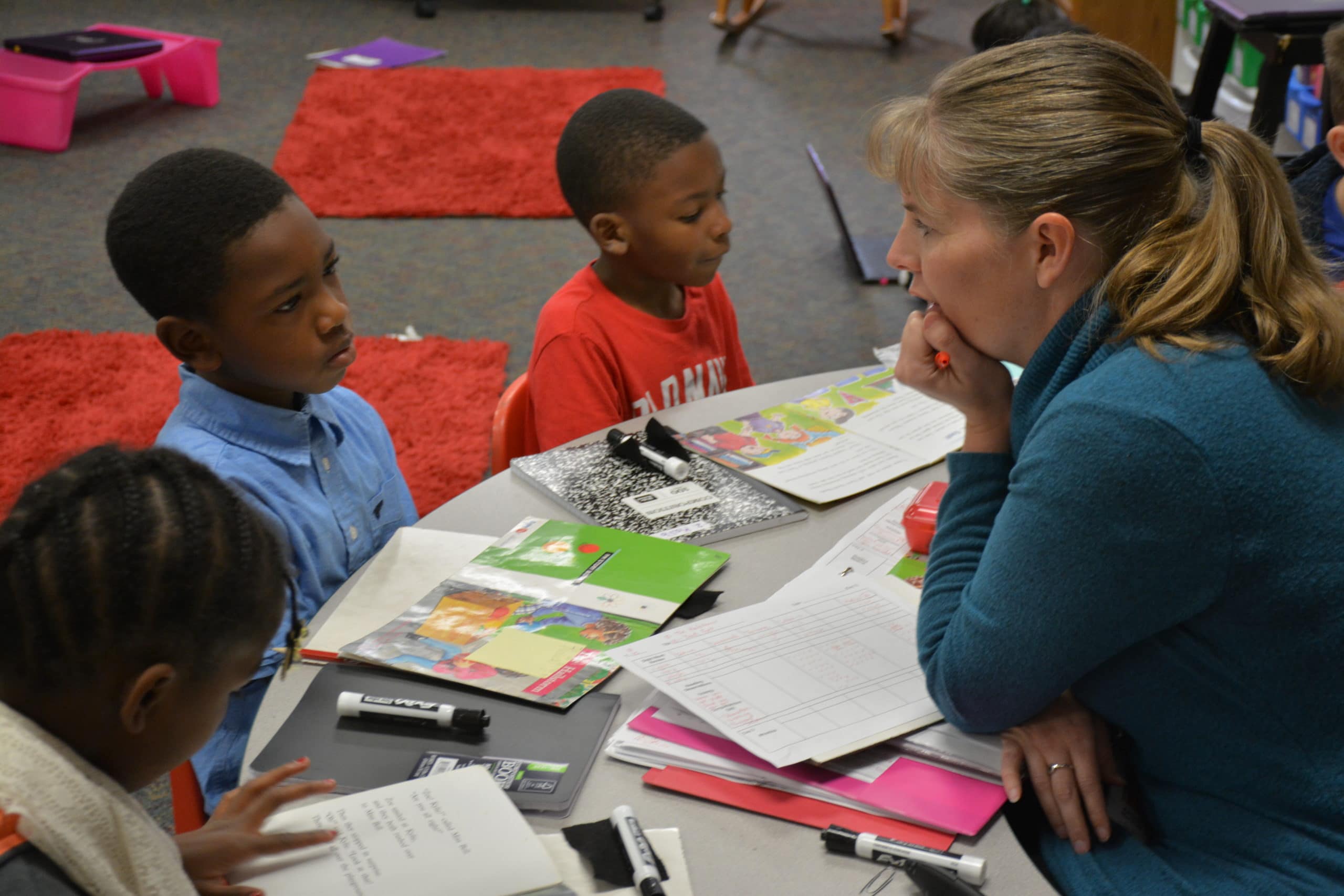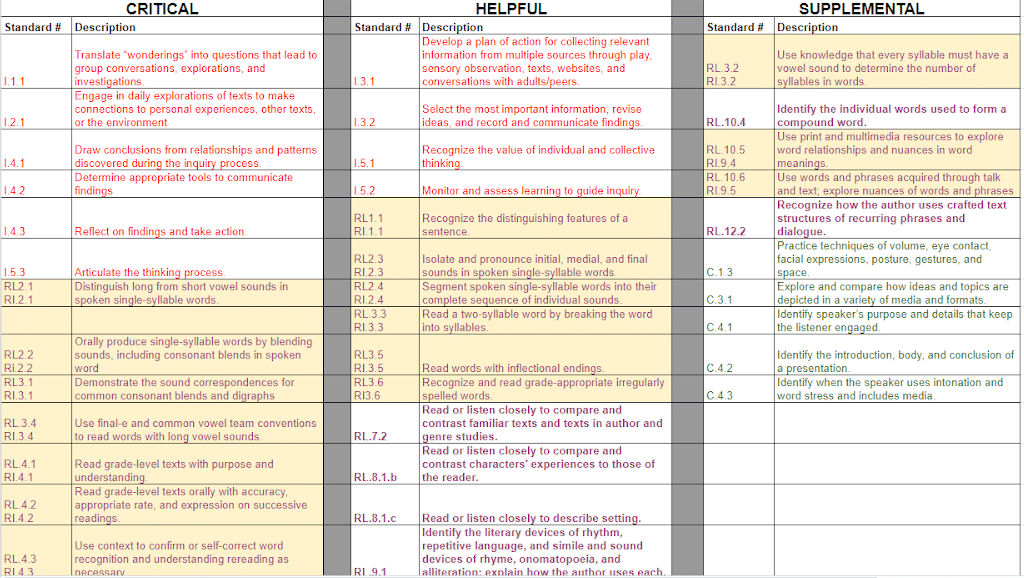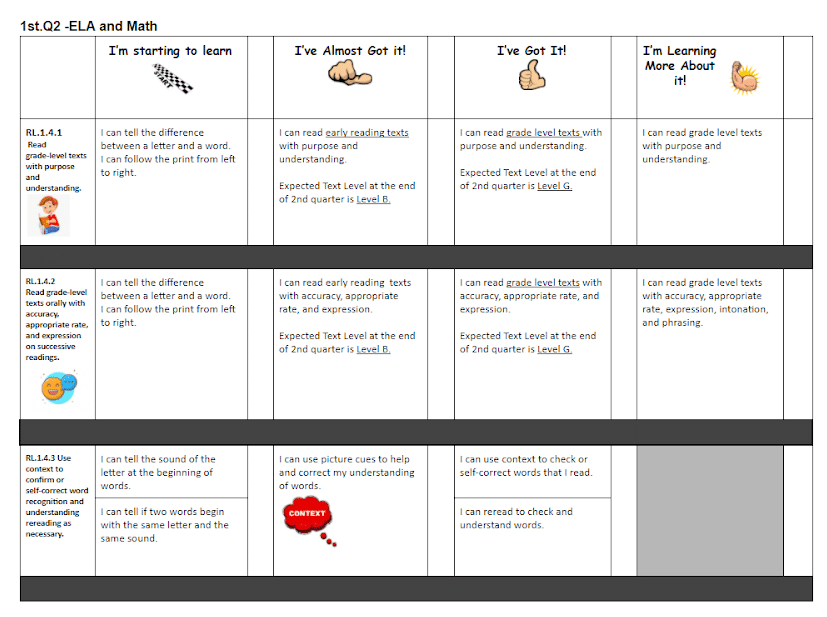Knowing that many of their students would be returning in the fall of 2020 with learning losses, educators at Lexington 3 School District in Batesburg-Leesville, South Carolina, made the decision to structure learning with a focus on what students did know – rather than what they didn’t.
“As teachers we’re used to saying, this is what students have to know by the end of their time with me, so let me put this in an assessment and let me give it to them,” said Michelle Maroney, assistant principal at Batesburg-Leesville Primary School. “But we already know a huge percentage of our students aren’t going to pass that assessment. A post-assessment view is just telling us what students don’t know. It’s not telling us what they do know so they can build forward.”
The district had already planned work to begin building out a K-12 learning continuum to support the district’s shift toward personalized, competency-based learning, and despite the COVID-19 pandemic, teachers and district administrators met virtually to begin prioritizing standards at the grade and subject level.
“A key thing we were missing was thinking about what are those foundational skills that prepare students for what you want to teach,” said Maroney. “We had to take the time to identify those enduring, life-skill standards that build the foundation for future learning. And just because we didn’t categorize a standard as critical didn’t mean we weren’t going to teach it – we just might not spend as much time on it, or we might use it for extension.”
Teacher leaders across grades and subject levels coded their grade-level standards as either critical, supplemental or helpful, and after they’d done that, built out learning progressions as a group. A critical piece was understanding how the standards built upon each other. If a certain standard required mastery in third grade, what came before? Another third-grade standard, or a second-grade standard? Teachers worked together toward a systems-shift focused on curriculum, instruction and assessment.
For Brianna Metts, looking at the big picture for learning was important.
“One of the things I kept bringing up in my group was thinking about the overall goal when you’re picking critical standards. What other standards can support this one instead of, they really just need to know this,” said Metts. “For example, in kindergarten, the standard might be spelling three letter words. But what are the foundational skills for that? Hearing the beginning sounds, letter sound knowledge. That’s where you need to begin. We had to think about how the standards are connected to know which ones were critical, versus supplemental or helpful.”
According to Robin Kanaan, a KnowledgeWorks teaching and learning director, this approach isn’t about tracking – but about supporting students to reach proficiency, no matter where they’re beginning their journey.
“Their goal is to create the learning experiences that allow those kids who are emerging or approaching mastery to get what they need so that they are able to become proficient,” said Kanaan. “Kids are all at different places, but you don’t know that if you’ve designed everything with one set of objectives, the way you might in a traditional learning environment. If there are students who need more, there are extra real-time supports, interventions, more small-group instruction or guided rehearsal. Kids don’t stall out. They get what they need for where they are. And the same is true for those learners who are ready to move on – they don’t have to wait and keep themselves busy. If we can determine their readiness level, we can design pathways that move them forward.”
And the work wasn’t just about rethinking learning for teachers – but for students, too.
Teachers developed “I can” statements based on the standards and created student goals and tracking sheets so that students could continue to develop their ownership and agency, to be able to plan for and articulate their learning. Metts also made sure that for the younger grades, the “I can” statements used language her students would understand: instead of emerging, developing, proficient and extending, they used getting started, I almost got it, I got it and I’m learning more.
Maroney, who is a parent in the district as well as an administrator, has seen the impact the work has had on her first-grade daughter.
“The day the progress reports with the ‘I can’ statements came home, it was the first thing she pulled out of her backpack,” said Maroney. “She was so proud. She said, ‘I know this stuff, what do I have to do next?’ I don’t think we’ve had conversations like that before.”
The district’s Chief Learning Officer, Angie Rye, is excited at the prospect of communicating this important step to families and the community.
“We want to ensure that the work that teachers did with the standards, what they said they want kids to know and be able to do, is reflected in the assessments we’re using,” said Rye. “We want to be able to show students and parents, this is what the standards say, here’s how we measure and here’s where you are.”
This was written by former Senior Manager of Communications Jillian Kuhlmann.








